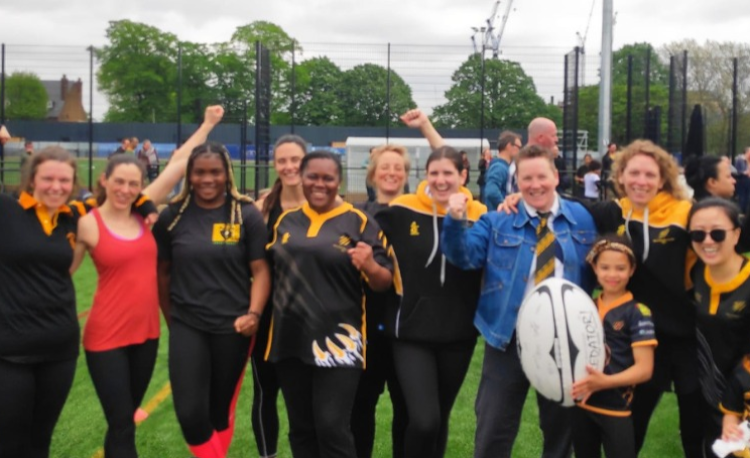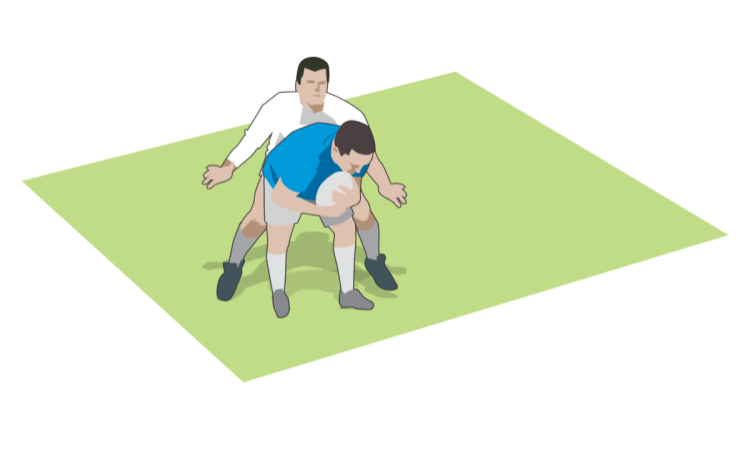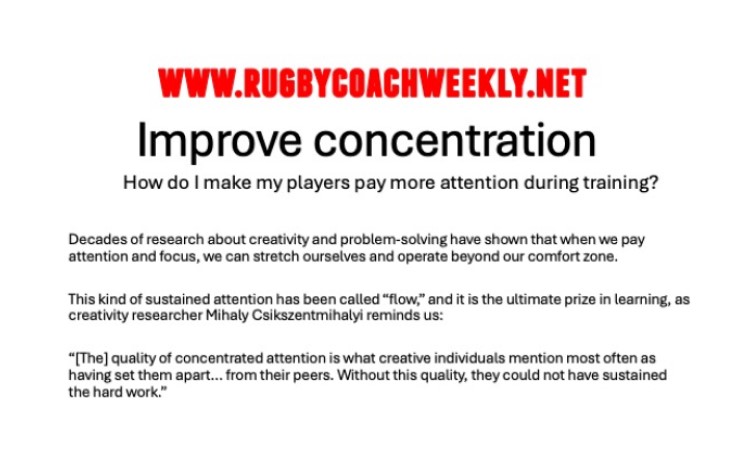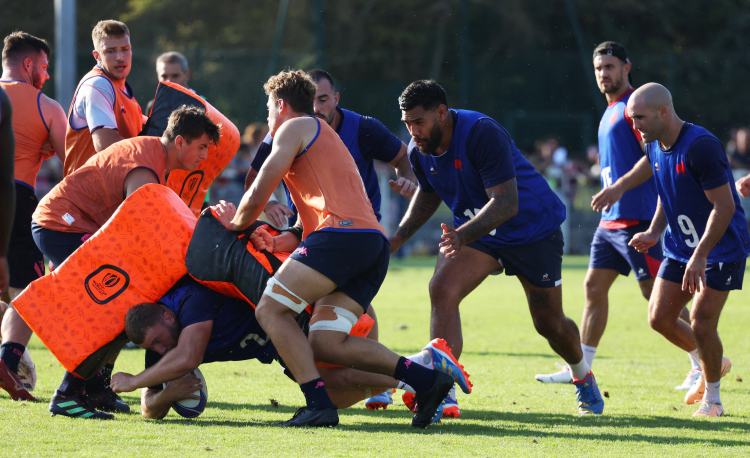You are viewing
1 of your 2 free articles
High-return ball placement
Contactby Rob Appleyard
Most ball placement drills are carried out without opposition – which isn’t realistic. To ensure your players learn the right shapes, use this low-impact session on the “jack knife” technique.
The “jack knife” – with the player bending in the middle – is the placement that occurs most regularly in a game. In all cases, the carrier must be in control of the ball and push it back to his team as far as he can.
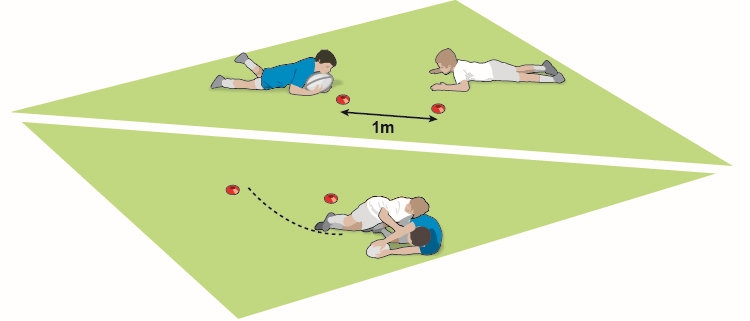


The “jack knife” – with the player bending in the middle – is the placement that occurs most regularly in a game. In all cases, the carrier must be in control of the ball and push it back to his team as far as he can.

- A ball carrier and a defender lie on their fronts 1m apart – use cones to show the distance.
- The defender indicates which shoulder the attacker should aim at.
- The carrier gets up and goes for that shoulder (he shouldn’t step out any further).
- The defender jumps up and tackles him, and the attacker places the ball back.
- Check that he has made a good placement.

- To develop, put a cone 5m behind each player and add another attacker and defender behind their team-mates.
- They support once the tackle is made.
- Again, the tackler dictates which shoulder the carrier runs at and the two support players compete for the ball after the tackle.

- Develop further by altering the starting positions of the support players.
- Reduce the impact by giving the support defender a ruck pad.
- Fight to the ground.
- Twist and turn to place the ball back.
- Keep ball under control.
Related Files
high-return-ball-placement.pdfPDF, 359 KB
Newsletter Sign Up
Coaches Testimonials

Gerald Kearney, Downtown Las Vegas Soccer Club

Paul Butler, Florida, USA

Rick Shields, Springboro, USA

Tony Green, Pierrefonds Titans, Quebec, Canada
Subscribe Today
Be a more effective, more successful rugby coach
In a recent survey 89% of subscribers said Rugby Coach Weekly makes them more confident, 91% said Rugby Coach Weekly makes them a more effective coach and 93% said Rugby Coach Weekly makes them more inspired.
Get Weekly Inspiration
All the latest techniques and approaches
Rugby Coach Weekly offers proven and easy to use rugby drills, coaching sessions, practice plans, small-sided games, warm-ups, training tips and advice.
We've been at the cutting edge of rugby coaching since we launched in 2005, creating resources for the grassroots youth coach, following best practice from around the world and insights from the professional game.
More from us
© 2023 Rugby Coach Weekly
Part of Green Star Media Ltd. Company number: 3008779
We use cookies so we can provide you with the best online experience. By continuing to browse this site you are agreeing to our use of cookies. Click on the banner to find out more.



